|
It feels like just yesterday I was baffled at the fact that I’d be working with fruit flies for the next 12 weekends! But here we are, at the end of TRIP. I’ve met some of my closest friends, learned from the best mentors, and grown as a student, researcher, and person. Over the past 8 weeks, I have been trying to answer my research question: What are the short-term and long-term effects of levosalbutamol, budesonide-formoterol, and budesonide on anxiety? How do these bronchodilators affect development? I was inspired to answer this question because of my own experiences battling asthma in the past. I wanted to see if there was a connection with anxiety and these medications. I initially thought that the drugs with steroids would cause the most short-term anxiety, but my experiment showed otherwise! I found that, in the short term, levosalbutamol caused the most anxiety with budesonide-formoterol being a close second, while budesonide (the one with the most concentration of steroid) proved to cause the least amount of anxiety. I also saw that anxiety increased rather than decreased in the long term when the flies were exposed to the drug only once in the beginning. My results were the exact opposite from what I had expected—why would steroids decrease anxiety? While I would definitely need to do more experiments and study the side effects of each of these drugs in more detail, I learned so many invaluable things during the scientific process through TRIP. From doing assays on the wrong vials and killing most of my flies in the drugging processes, I have used my failures to improve my understanding of procedures and be more efficient in the lab. I’ve also been able to connect with so many other students from my TRIP session, as well as practice my presentation skills for the TRIP Symposium.  At TRIP, I also found ways to pursue my other passions. As a graphic design enthusiast, I spent some of my time over Spring Break designing a new TRIP logo! I am so excited for my logo to be adopted on the website and on all TRIP marketing materials. I’ve also had a blast designing my TRIP presentation and learning how to use effective graphic design techniques to tell my experimental story while keeping an audience engaged. I hope to continue helping with TRIP’s marketing efforts and use my unique skills to help others. I never would have thought that I could use and improve these skills during TRIP, but now I know that design plays a significant role in almost any field of study! I’m going to miss spending my time in the lab every Saturday and frantically running around from one room to the next, learning (and initially failing) to multitask as I conducted my experiments. TRIP has shown me how exciting STEM can be when surrounded by people who are just as motivated and excited to learn as I am. I could not have asked for a better twelve weeks learning how to research with flies, designing experimental procedures, following assays, completing drug calculations, collecting and analyzing data, and giving presentations. Thank you to Dr. Purdy and Dr. Leystra for organizing this amazing program; I am so grateful for everything you have done for all of us at TRIP!
0 Comments
Can you believe we’re already at the end? I can’t and I’m truly amazed by how fast time flew by. This weekend I’m going to be presenting my research at the symposium and I’m so excited to share my findings with my friends and family and also see my peers’ projects as well! The journey through my project was definitely fun, challenging, and at times frustrating, but it really opened my eyes and gave me valuable lessons which I will always remember. As I mentioned before, I decided study how classical music affects adult fruit fly memory after a traumatic brain injury because I wanted to find out if music can really stimulate memory and brain activity in an impaired brain and see if this can be related to how music could be used as a therapy to rejuvenate the deactivated senses. To test this, I conducted an unique memory assay, called the Proboscis Extension Reflex (PER) Assay, which has never been tested before in the history of TRIP. This assay came with a lot of moving parts that included starving the flies at home for 36 hours before conducting the experiment, fixing the fly in the tube, which took lots of practice with a record of four flies eaten by yours truly, and constantly poking the flies with sugar and water wicks to get a response. The highlight of this experience was definitely staying for a total of nine hours for the last four sessions in order to complete the entire assay and getting my parents to bring me food. All jokes aside, this experience challenged me in many ways and while it took some time to adjust to understanding, analyzing, and learning to develop this assay I was able to navigate and produce amazing results with the support of Dr. Purdy, Dr. Leystra, and my peers. From my results, I discovered that classical music improved memory in the adult male fruit flies and while the head trauma decreased the memory, the memory increased when the music and head trauma were combined. Overall, this showed that classical music improves memory and this positive response was also seen in the fly development wherein the flies exposed to music had more progeny and had a higher percent eclosion. These results have real life implications and show that music can really improve memory and rejuvenate these senses in people who suffer brain injuries. I began TRIP with an interest in expanding my scientific knowledge and seeking insights into the scientific questions I had and I can affirmatively say that I developed a newfound passion for conducting hands-on research. Although my goal of becoming a Neurosurgeon has not changed, I am really inspired to explore the possibilities of combining clinical work with research. I really enjoyed working with living organisms, studying their behavior from various angles, and relating these observations to humans and this experience was daunting but equally fun! Every session exposed me to new information and techniques I never would have imagined I’d be doing before college and gained a better sense of where my strengths and weaknesses were as well as how to improve upon them. The most important lesson I learned was to never accept failure and instead, view failure as undiscovered success. Overall, TRIP has been an extremely valuable and memorable experience and I can’t wait to see what the future has in store for us! TRIP has shown me that I shouldn’t be scared to try new things, and to commit myself to different programs, since no matter the outcome, it will be worth it in the end." Even though I wasn’t the most talkative in the program, it didn’t mean that I didn’t enjoy it. The TRIP program was at first stressful, especially right when I began my independent project. For the first two weeks of working on my blue light project, I pretty much got nothing done. My vials fell or I didn’t have enough progeny to perform my assays, and I knew that if I messed it up the following week, I wouldn’t have gotten enough trials for my data. Luckily, I had enough flies the next week, and I was careful with my vials. As the weeks went on, it went more smoothly and felt more and more routine, like I had been doing it for a lifetime. However, I was still worried I didn’t have enough data or vials to create a cohesive story for my audience to hear. When I looked back at all my data, averaged it, and graphed it, I felt very reassured I could make something with it. I found that during fly development, exposure to 12 hour cycles of blue light increased their anxiety, decreased their socialness, and drastically decreased the number of progeny produced. I wish I couldn’t tell you why this was the case, but clearly blue light was harming the fly’s mood and development. While I do feel a little bad for destroying the flies’ lives by blasting them with rays of blue light, I am really happy to have figured that I was destroying myself as well. Working with PhD researchers was nothing like what I expected. They weren’t just bland stressed out adults working at a lab for an unhealthy amount of time. Instead, they were understanding, passionate, entertaining adults working at a lab for an unhealthy amount of time. I’ve said this before, but they really are the best mentors you could ask for. Even though I love science, I knew I probably wouldn’t fall in love with working at a research lab when I applied. The repetition and failure would have killed me if it wasn’t for Dr. Purdy and Dr. Leystra. However, I still loved going to the lab on Saturday mornings because it was a place where I felt like I could make mistakes, where I could talk to mentors that could provide more than what typical school teachers could. Even though I won’t be a lab researcher going forward, this experience taught me how to work independently and adapt to adverse roadblocks. Many of my TRIP classmates have realized that this research road of science is for them, which is obviously an extremely valuable piece of information especially at such a young age. However, figuring out the parts of research I enjoy such as the questions and applications, while also realizing the parts of research I wouldn’t be able to do for a living, is arguably just as valuable. TRIP has shown me that I shouldn’t be scared to try new things, and to commit myself to different programs, since no matter the outcome, it will be worth it in the end. I am really grateful for Dr. Leystra, Dr. Purdy, and my TRIP classmates for making this such an enjoyable and memorable experience, and I hope that we can stay in touch!
I think one of my main takeaways from this is that planning is extremely important, but you can't control the outcome and you have to be willing to problem solve. In working on my independent research question, I was often worried about my final results and how they would turn out. Dr. Leystra assured me that, even if there were no conclusive trends in my results, that was still something to report and I eventually realized that I needed to stop focusing on what I thought the results “should be” and let the data tell the story. This allowed me to enjoy the process of critical thinking and embrace difficulties that arose as a chance to collaborate with others, challenge myself, and possibly introduce new thinking. When I first started investigating my independent research question, I was looking at the effects of CBD and isolation on anxiety, but I eventually shifted gears to look at the effects of CBD and overcrowding. I started with isolation because, with the pandemic, many of us have been in quarantine with limited social interaction. Along with others, I experienced the effects of isolation first hand and I wanted to see if I could do anything to mitigate the negative mental health effects. My family had been using CBD for a while at this point to help with various things including anxiety and I wanted to know if it actually helps with feeling anxious. During my first three weeks looking at my initial experimental question of how isolation and CBD affect a fly's mood/anxiety, I felt like I had developed enough data to analyze and average my results, so I thought I might want to edit my experimental question. I still wanted to know if CBD actually helps with feeling anxious, but I thought it could be really interesting to pivot in the opposite direction slightly and look at overcrowding instead of isolation. I wondered if CBD had a similar effect when the stressor was something different. I was slightly apprehensive about changing my question, because I hadn’t planned to do that, but this allowed me to explore other avenues that gave me valuable insight into the effects of CBD. This might sound cheesy, but this whole experience has really taught me to just trust the process. I’m so grateful that I have had the opportunity to participate in this program and meet this group of passionate people. I’ve loved learning not only about my research topic, but also learning from the incredible work of my peers, mentors, and guest speakers.
For the last couple of weeks, I have been exploring my own experimental question, which explores the impact of taurine on anxiety and gut health. I was first interested in this because of how many teenagers drink energy drinks, including myself. I have seen adverse effects in my own health, especially in the increase in my anxiety since beginning to drink energy drinks. Since the start, I have been drugging my flies in increasing amounts to see the effects of taurine in amounts equal to drinking 20-200 cans each day. It’s been so fun getting to perform all of the different assays in the lab. RIP to all the flies I had to sacrifice for the greater good, but boy was it fun to perform the microbiome assay. In my results, I have seen that taurine increases anxiety in fruit flies in the short term, and even more so in the long term. This is really interesting to me because I saw that the children of the flies can be affected by the taurine. I also found that taurine has negative effects on the gut health of the fruit flies, with much less gut bacteria in the microbiome of the flies that ingested the drug. I was really glad that the results of my independent project turned out to be what I hypothesized, and I learned so much over the course of this TRIP session. The TRIP community has been so welcoming and I am so glad that I decided to apply to the program last year. These past weeks have been pretty stressful, but I am so grateful for the experience I got to have in the lab and for the connections I got to make. I have learned so many things that I never thought I would know, including how to correctly crush up flies and analyze their gut bacteria. I have also learned so many things surrounding how to improve my public speaking and presentation skills. Overall, I have loved my time here, and learned how much I truly appreciate science. My project explored the impact of sugar and ginger on anxiety. I chose sugar for a number of reasons—sugar is a huge problem in the American diet (the average American eats 2-3 times more sugar than they should) and my grandpa is diabetic. There is some research showing that sugar causes anxiety, a condition that my grandpa does have, so I wanted to test this claim. I also wanted to see if I could find a herbal supplement that would counter the effects that sugar has. And that’s where ginger came in. Some animal studies have indicated that ginger may reduce anxiety. Given that it's an important ingredient in Indian cuisine, I decided to test it out. I conducted the centrophobism assay for my experiment—I trapped my flies in small chambers and saw if they clung to the edge or went to the center. Flies that went to the center were less anxious, and those who stayed at the edge were anxious. Generally speaking, conducting the assay was simple. The hardest part was preparing for it, which involved transferring my flies to holding vials and knocking them out on a petri dish on ice. A fun thing I learned: make sure the petri dish is cold enough or the flies will wake up and escape as soon as they can. As the weeks went on, I got better at my assay, and now at the end, I have interesting data that I gained from analyzing my results.
I learned something new every time I stepped foot in the lab...TRIP provided me with a safe space to fail with a supportive family to fall back on. Last time I blogged, I discussed my plan for my independent project. To give a brief recap before going into the results: I wanted to test the impact of changing the microbiome on the sugar levels of diabetic flies. Type II diabetes, characterized by high sugar levels, is a widespread issue and if altering the microbiome is able to lower those sugar levels, it can lead to a start to solving this problem. To simulate the effects of diabetes in my flies, I fed them a high-sugar diet. To change the microbiome of my fruit flies, I fed them a probiotic (supposedly good for your gut bacteria) and towards the end, I also decided to add an antibiotic group, which I predicted would raise blood sugar levels. I did the microbiome assay to test whether the probiotics and antibiotics actually had an impact on the microbiome. Although I messed up really badly the first time, my second trial did show that the probiotic had a slightly positive effect on the microbiome while the antibiotic had a negative effect. I was not super optimistic about getting good data from the glucose assay as it was hard to do and it took me a few weeks to get the hang of it (I wrote more about it in my previous blog). However, I was really surprised to see that my results were not only consistent but also pretty significant! The flies that were fed a high-sugar and probiotic diet had almost 2 milligrams less glucose per gram of fly than the flies that were only fed high-sugar anything else. This may seem like a tiny amount, but flies themselves are really tiny and in terms of percentages this was over 10% less glucose. This would indicate that an increase in gut bacteria abundance/diversity does result in lowered blood sugar levels.  However, as I have learned throughout this program, research is rarely ever that straightforward. The high-sugar flies that received the antibiotic also showed similar decreases in glucose levels as the high-sugar flies that received the probiotic, which really surprised me. I did some online searching, and it turns out that some antibiotics are notoriously bad for your blood sugar levels while preliminary research shows that other antibiotics may actually be helpful in lowering them. In short, probiotics help to lower blood sugar while antibiotics have varying effects depending on what type they are. I’ve been rambling for a bit here, but to wrap up I just want to do some final reflecting on my experience in TRIP. I learned something new every time I stepped foot in the lab, whether it was how to give an effective presentation, new lab techniques, or deeper insight about careers I had never considered before. TRIP provided me with a safe space to fail with a supportive family to fall back on. I want to thank Dr. Amanda Purdy and Dr. Alyssa Leystra for all their help throughout the entire program as well as all my TRIP classmates, you guys are the best. I am incredibly grateful for this experience and am so sad that it’s over. Sadly, my time as a TRIP student is coming to a close. Looking back, it is amazing how much my lab-mates and I learned in 12 days of actually being in a lab, mainly due to Dr. Purdy and Dr. Leystra being such wonderful mentors. At the start of the program, the 14th and final week of the program seemed so far away but is now right around the corner. I will never forget the lessons of kindness, collaboration, helpfulness, and curiosity as well as those of lab procedure, experimental design, and public speaking that I gained from this amazing opportunity. I knew that I wanted my results to be relevant to a large part of the population." When I was first told to investigate my independent experiment, I was not really sure where to start, but I knew that I wanted my results to be relevant to a large part of the population. I finally decided to focus on the issue of sleep deprivation, which has unfortunately been made worse due to several effects of the pandemic on our lives. After conducting some research into the matter, I found that being sleep deprived increases your appetite for sugars and fats and food overall which encompasses simple sugar and caffeine. I also found that the less sleep one gets, the lower one’s cognitive function is. Because good cognitive function is extremely important for the academic work of developing humans (young adults and teenagers), I decided to investigate whether or not a combination of sugar and caffeine could protect cognitive function in sleep-deprived developing organisms. The assay I used for my experiment was the larval memory assay. Larvae, the developing form of a fruit fly in which the organism is very food-motivated, are kind of the equivalent of young adults in humans. In short, this assay tries to train the larvae to associate one of two smells with a sugar reward, and then tests to see whether or not the larvae actually remember which smell that is when faced with the choice of choosing between the two smells. In the end and unsurprisingly, I found that the larvae in my control (good sleep, no sugar or caffeine) vial had the best cognitive function and my constant light (sleep deprived, no sugar or caffeine) vial had the worst cognitive function. However, sugar alone was able to ameliorate the negative effects of sleep-deprivation by a significant margin. While my data is preliminary, it suggests that if one has to stay up late and have the best cognitive function possible, it is better to eat sugar only. I am so thankful to TRIP for allowing me to further my passion for science and experimentation and introducing me to so many new ideas. What I loved most about TRIP was how it perfectly blended advanced scientific procedures and concepts with a fun learning environment. I am really going to miss TRIP and I hope to be able to visit again in the future. I entered the lab thinking research may not be the career for me, but I am leaving the lab with new found interest in research. The past 12 weeks have passed by so quickly and I already miss being in the lab. I had learned so much through my independent research project. I experimented on the effects of UV radiation and vitamin E on the fertility and phenotype of fruit flies. This topic interested me because of the role UV radiation plays in mutations, vitamin E’s ability to conserve DNA structure, and I was curious whether I could observe noticeable phenotypic differences in the flies. Also, the amount of ground level UV radiation is on the rise so I wanted to know if the negative effects of UV radiation could be combated with a change in diet. Little did I know about the struggle that would soon ensue. Every Saturday consisted of the rhythmic movement of setting up collection cages, scrambling to sort my flies, cleaning up fly food, patiently taking pictures of fly parts, stressing about collecting enough embryos, and, overall, rushing to finish before 12:30 p.m. However, I found a routine in this disorder and comfort in the chaos. As I mentioned in my previous blog, I had struggled to collect enough embryos for all my experimental conditions, and this problem persisted throughout the program. At first, not having enough embryos was frustrating, but I learned quickly to adapt to my circumstances and to make do with the embryos I have. I even resorted to setting up vials with adults when my embryo collection was very low. Never had the idea of learning from one’s mistakes been truer than in the lab. On the first day of performing the female fertility assay, I accidentally used carbon dioxide to sort my flies instead of ice. Carbon dioxide would negatively affect the female flies’ ability to lay eggs. It was mistakes like these that helped me learn and perform my assays more efficiently and effectively. The results of my female fertility assay were quite interesting. The presence of UV radiation made the female flies essentially infertile whereas vitamin E by itself and vitamin E combined with UV radiation significantly increased fertility. The male gross analysis assay proved to be much more labor intensive than the female fertility assay. It required me to stand at the microscope for at least an hour and take multiple pictures of flies. On average, I was taking 60 pictures! The task was quite tedious and required me to put in multiple hours during the week to take measurements and analyze data. At the end, my results were inconclusive. I expected my irradiated flies to have white eyes or curled wings; instead, there were no noticeable phenotypic differences between the control flies and the irradiated flies. Through this assay, I experienced the unpredictability of science first hand and learned that inconclusive results are just as important as conclusive results. All in all, TRIP was a wonderful experience. The program taught me to problem solve, to work efficiently, and, most importantly, to not grow discouraged when events did not turn out the way I planned. I entered the lab thinking research may not be the career for me, but I am leaving the lab with new found interest in research. I am extremely grateful to Dr. Purdy and Dr. Leystra for providing me with such an amazing opportunity and I am excited for my future in science.
The average adult spends around 3.5 hours on their phone a day, however, in teenagers this number is significantly higher. The pandemic makes it even more difficult to control how much time we spend on our phones, and now that my screen time has reached double digits, I’ve begun to feel like there’s sadly no hope. This increase in screen time introduced me to a concept known as digit eye strain, which is when blue light that’s emitted from laptop and phone screens can directly cause damage to the retina of our eyes. We experience this feeling all the time when we stare at our screens for a while and suddenly our vision gets blurry. Although this is an issue that can be fixed by simply decreasing our screen time, the rise of modern technology will only make it more difficult to resist watching that one last episode. For my independent investigation, I decided to research whether a supplement known as flaxseed oil could ameliorate the negative effects of blue light. Flaxseed oil has been known to reduce inflammation in the eyes, and many people who have dry eyes take this supplement as a way to produce adequate tears that provide moisture to the cornea. In order to test this, I decided to conduct the larval light response assay on larvae that either consumed regular food or food containing flaxseed oil. After exposing them to blue light, I took each individual larva and flashed a regular light on them. If the larva turned, then that means they could sense the light and their vision was intact. If they didn’t turn, it means their vision was compromised. Interestingly enough, I found that larvae that were exposed to just blue light had compromised vision and did not turn, however larvae that consumed flaxseed oil and were exposed to blue light were able to see as well as the control group. It was so interesting seeing the larvae turn despite being under LED light for 5 to 60 minutes at a time. I was astonished at how perfectly my results aligned with my hypothesis, and it really made me feel proud of the work I accomplished! I have nothing but positive remarks for this program. I am so grateful to the mentors and to Fox Chase for creating this opportunity in the first place, allowing passionate students as myself to engage in what we love and aspire to do in the future. Even if someone is unsure about going into research or conducting work in the lab, this program makes it possible to dive into the complexities of science in a professional environment. Although I love TRIP in every way, I’d have to say my favorite aspect of it all was the community. Dr. Purdy and Dr. Leystra ensure that every student is so comfortable in the lab that it almost feels like a second home to them (even though I still can’t navigate where anything is). Their patience and cooperation with us is something I will eternally be grateful for, and it always amazes me how they manage their TRIP lives and their work lives so effortlessly. And I of course cherish all the people I’ve met throughout these past few months, and I can’t help but say our bond is simply unique to anything I’ve ever experienced in my life. Special shout out to my friends Matt, Sheline, and Tino for making TRIP one of my favorite journeys I’ve ever had the pleasure of being a part of!
|
Archives
April 2024
Categories
All
|
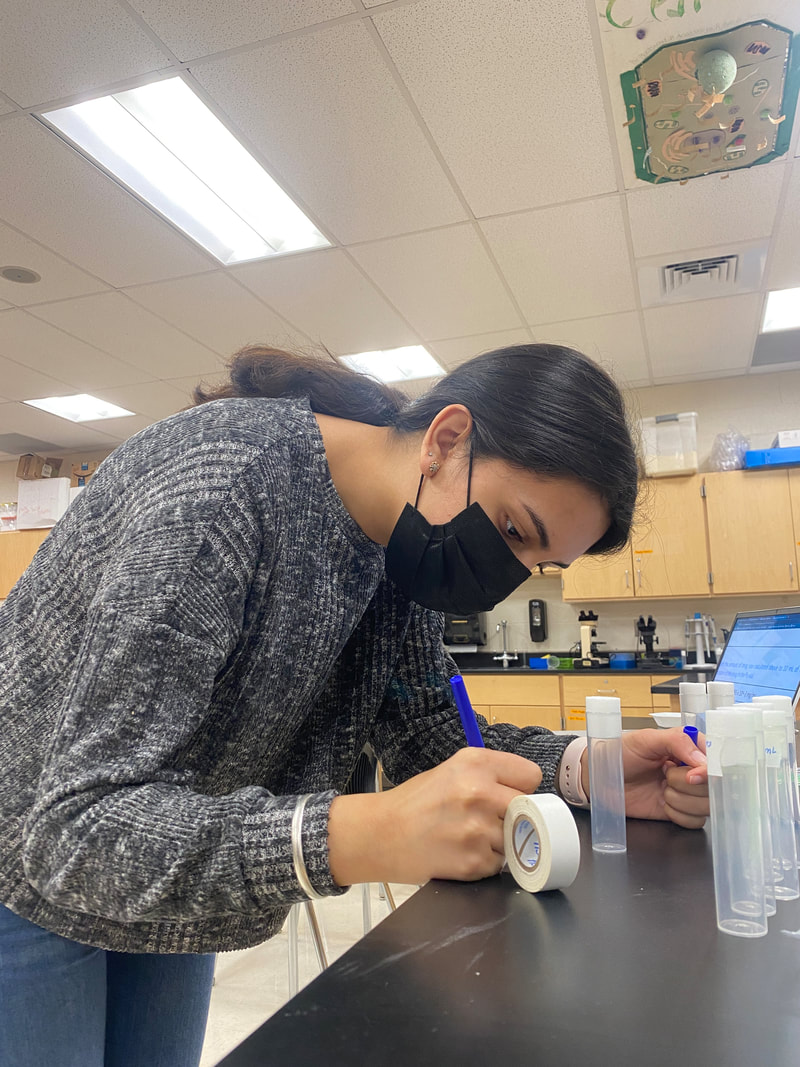


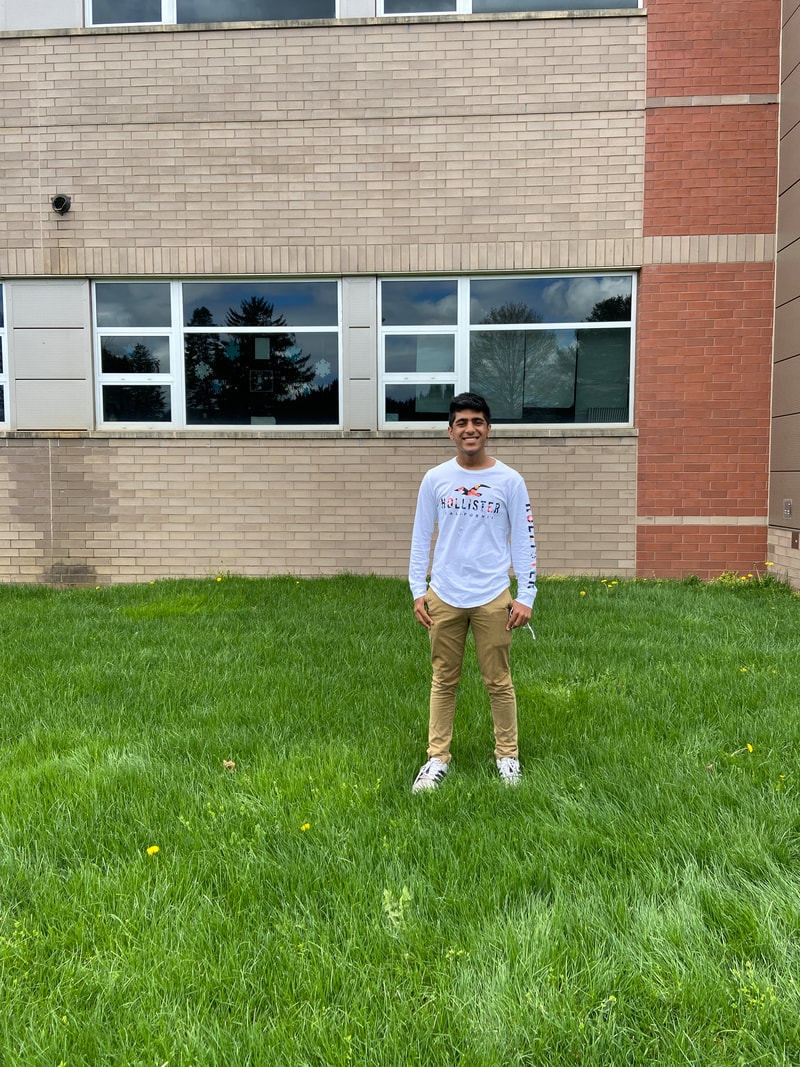


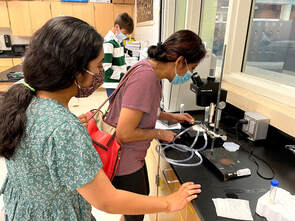
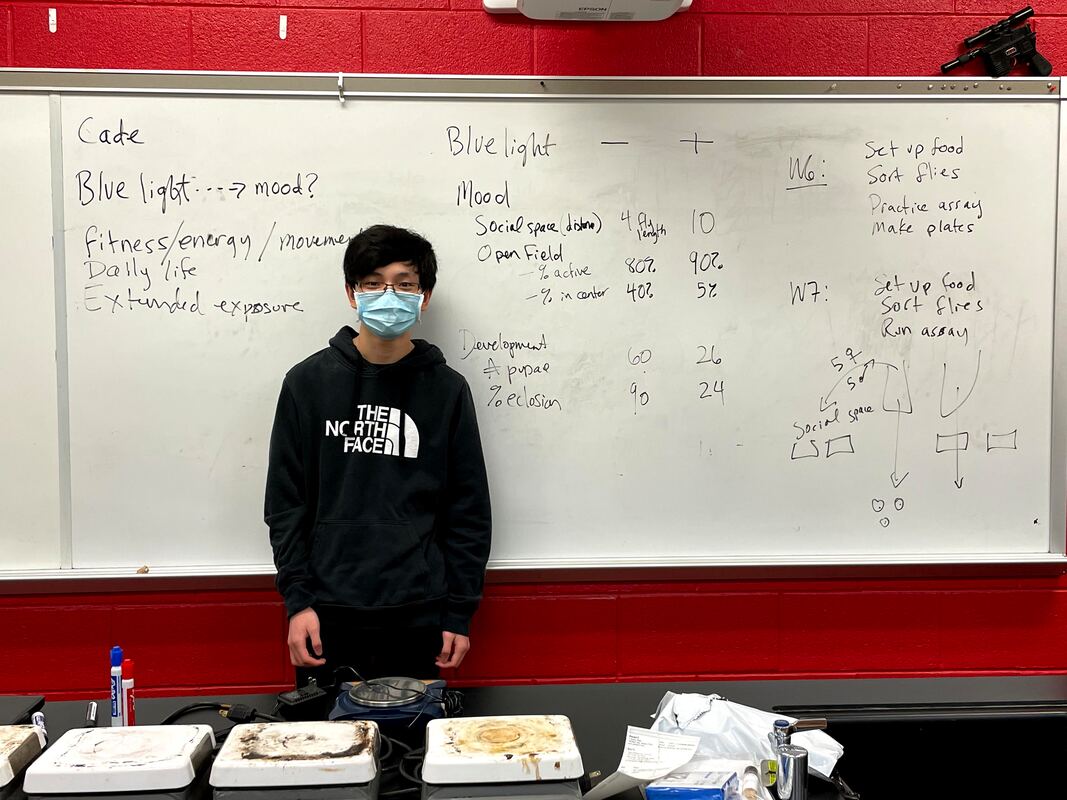
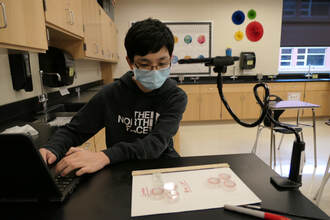

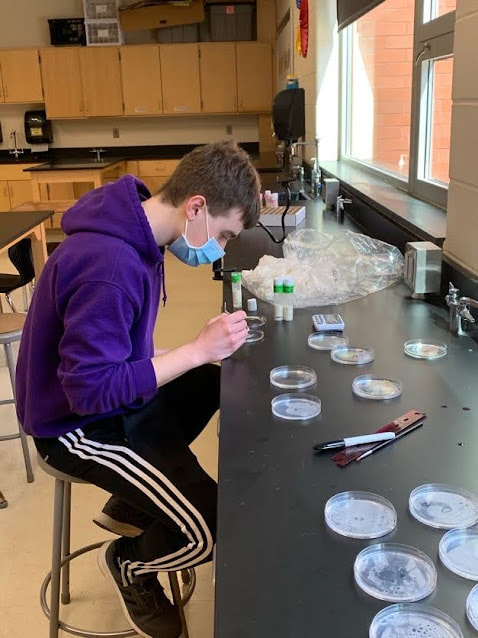
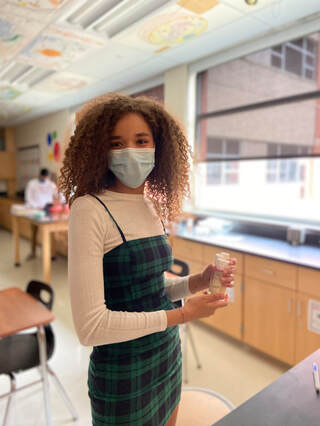
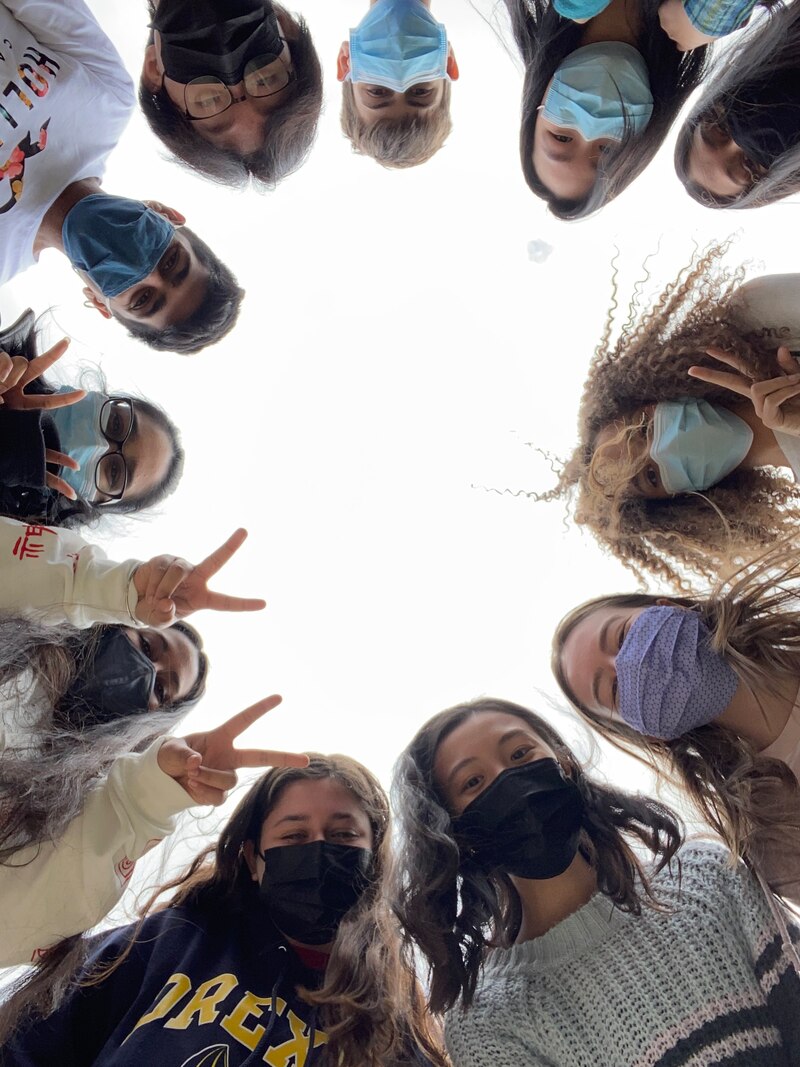


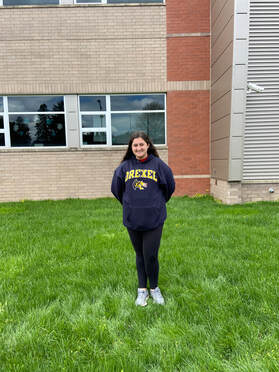



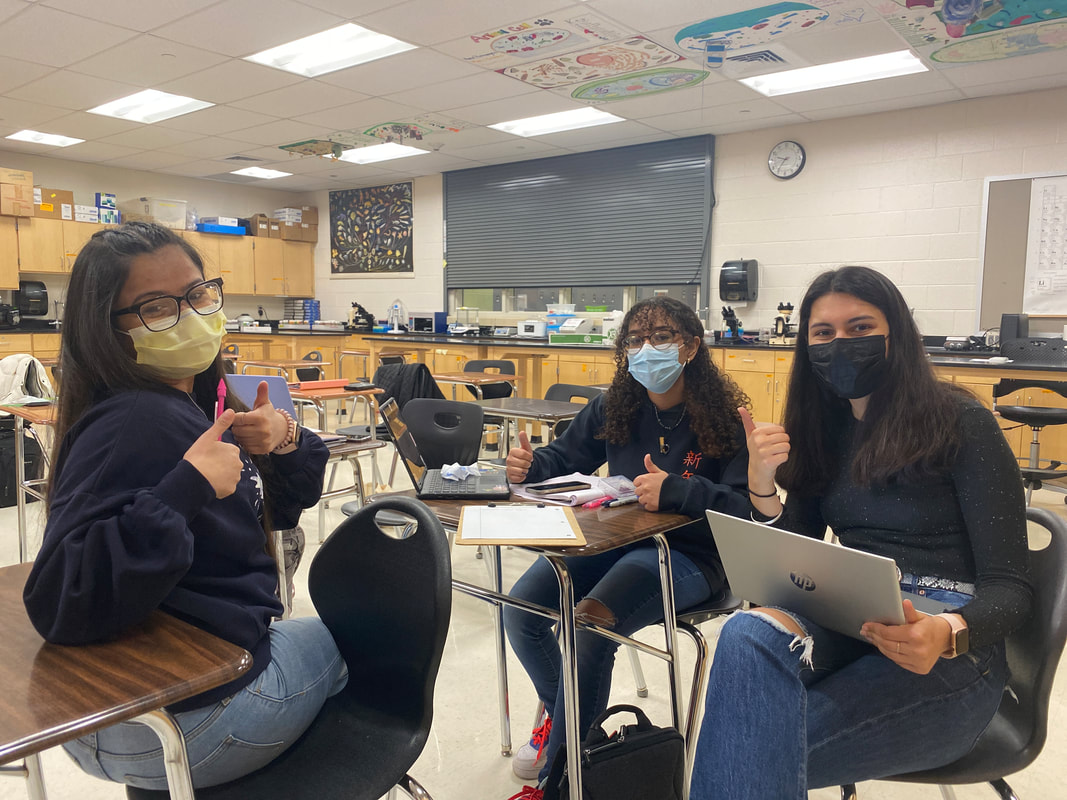
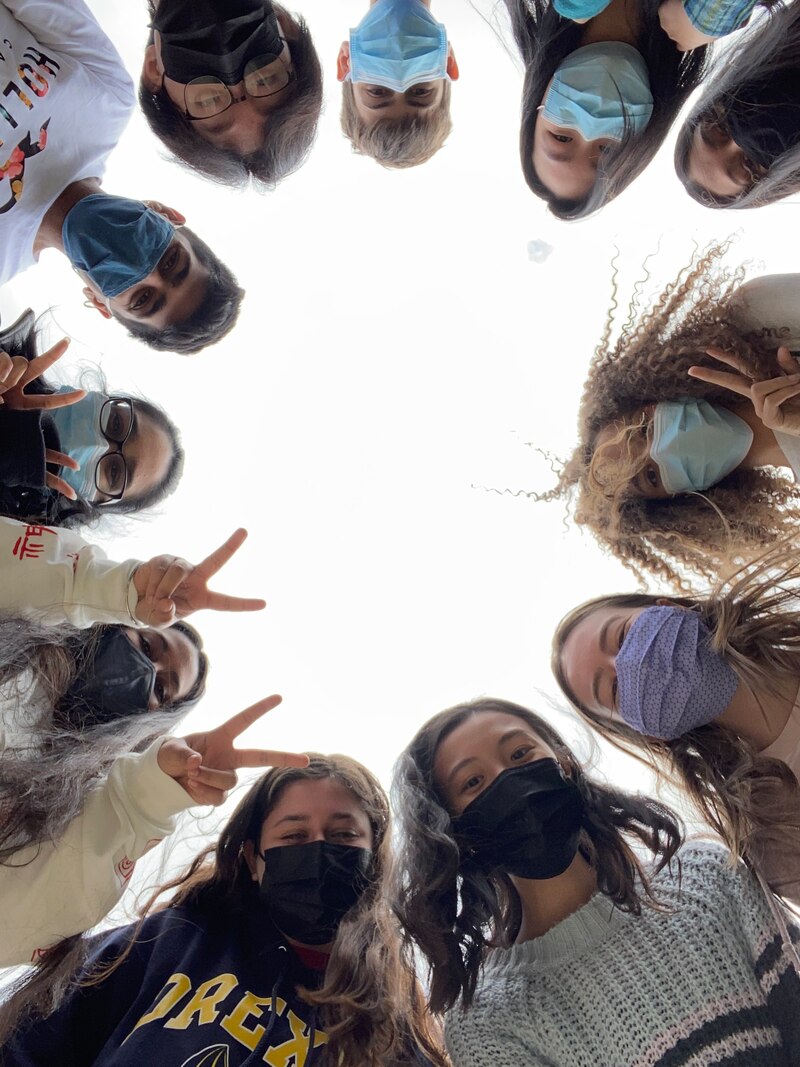





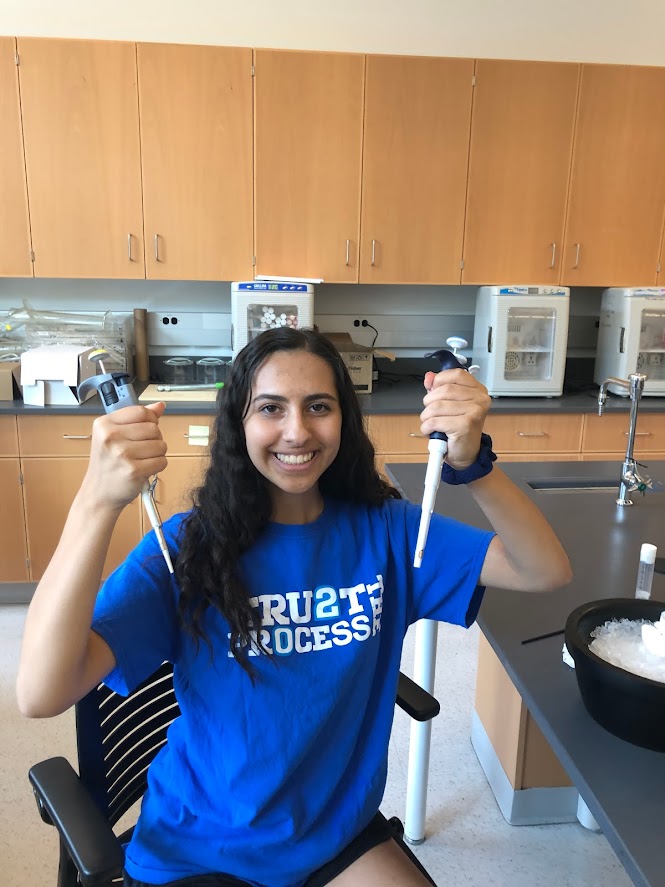
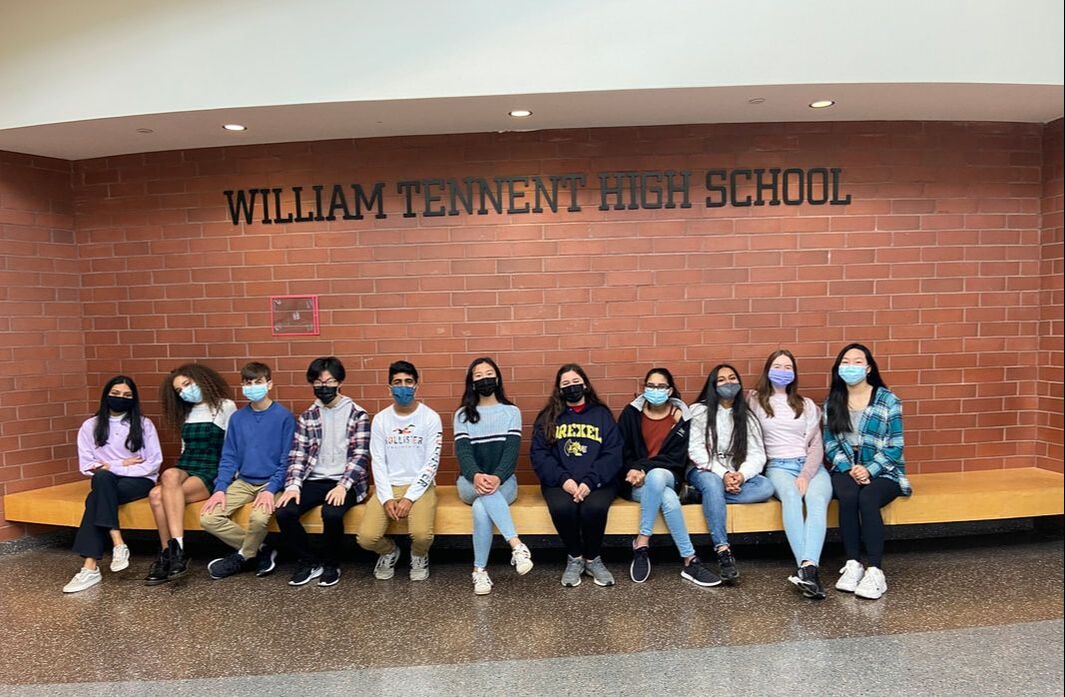
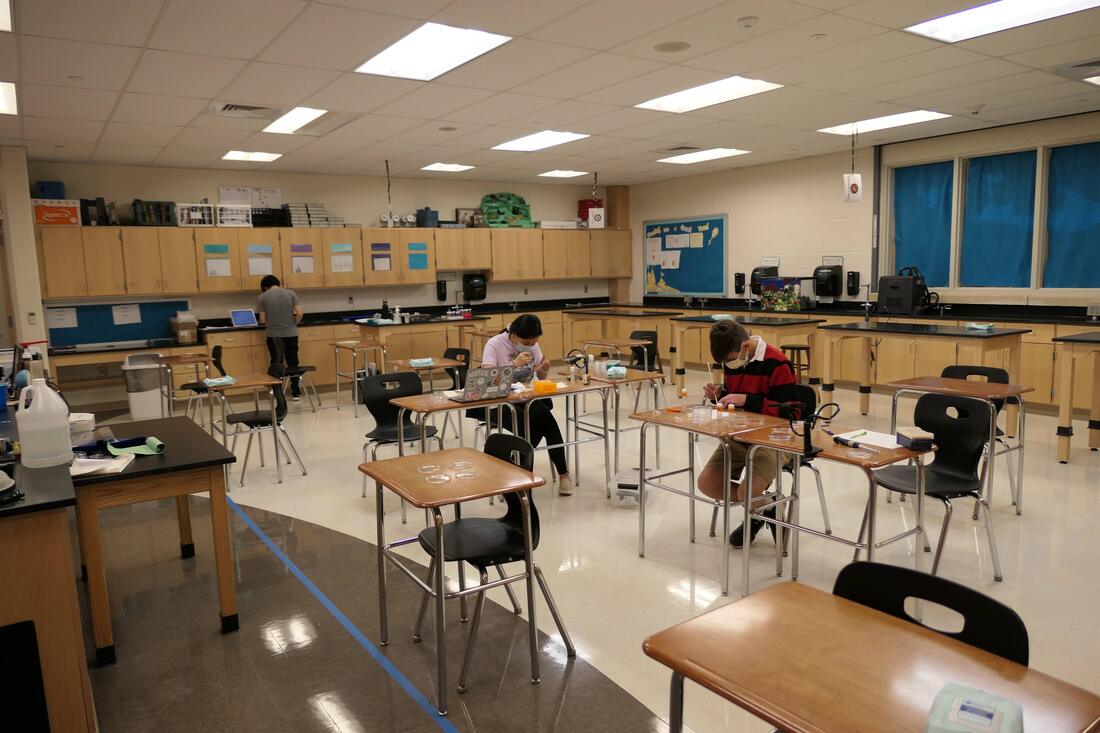
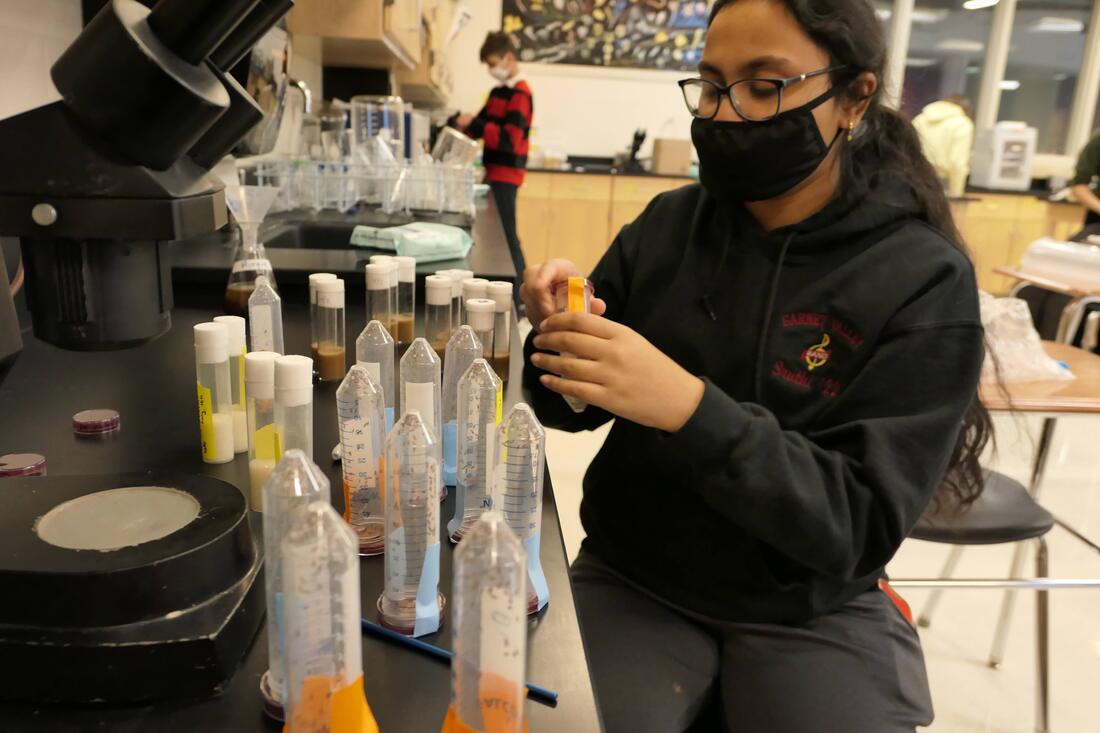

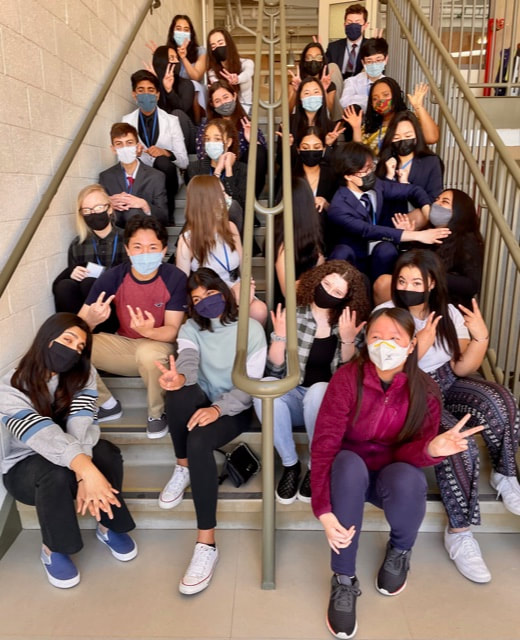
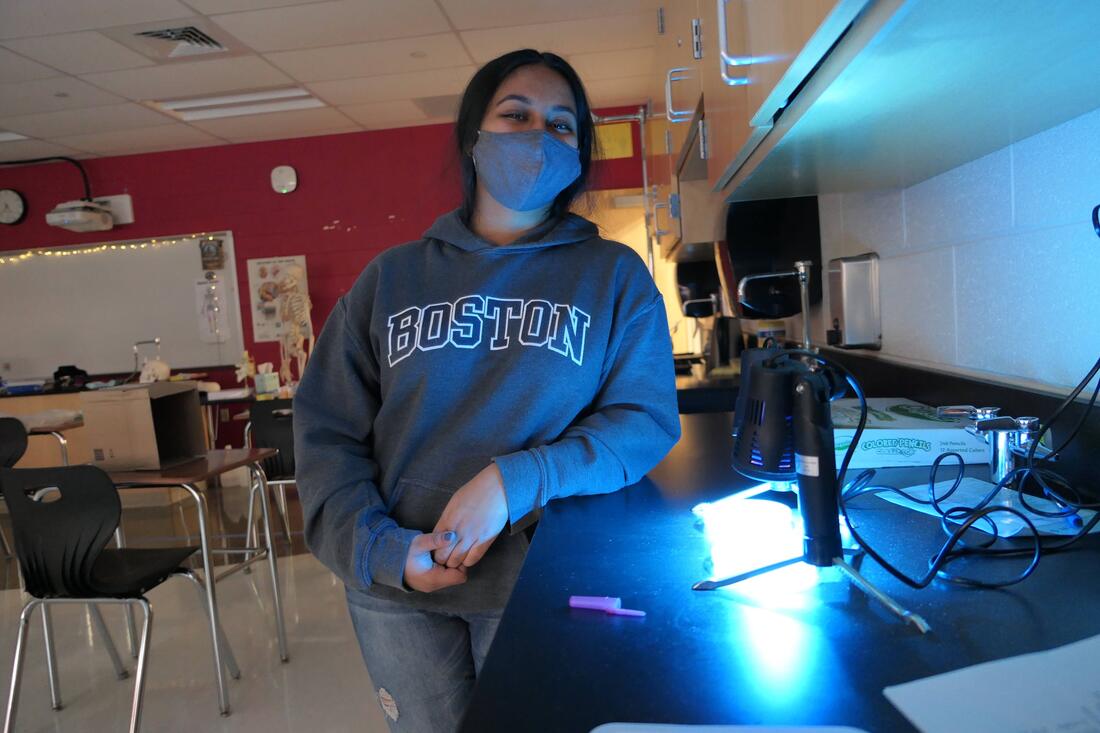

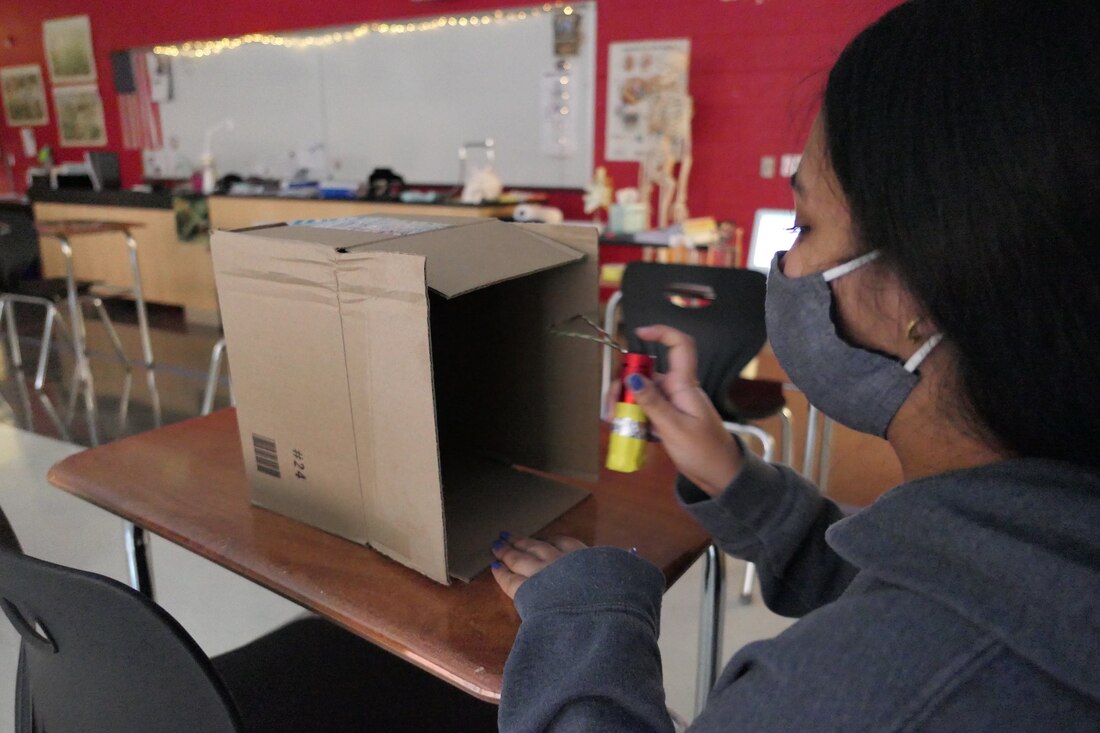

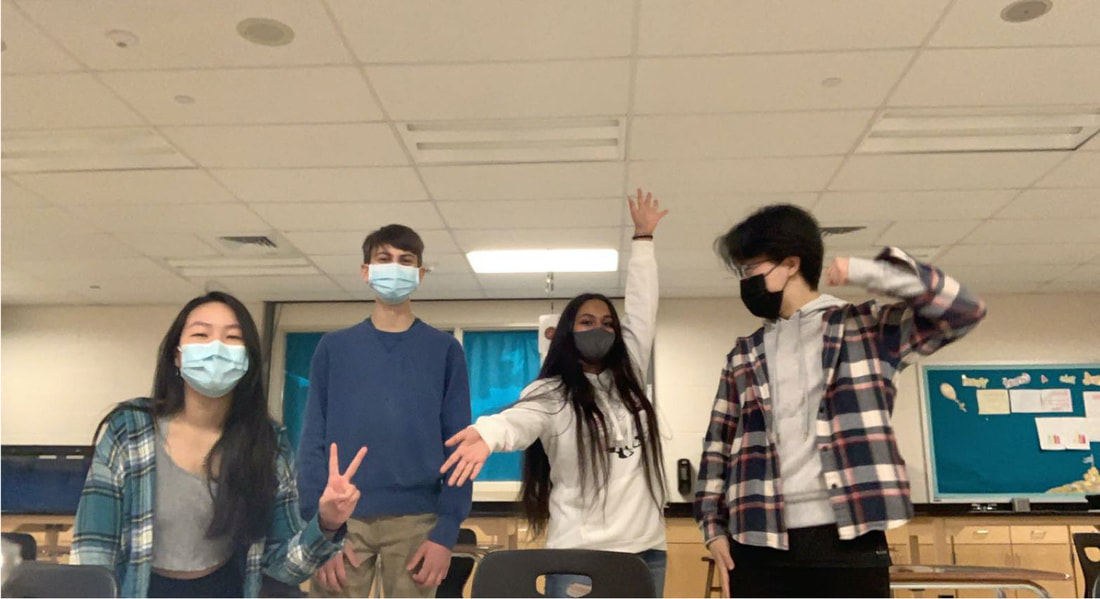
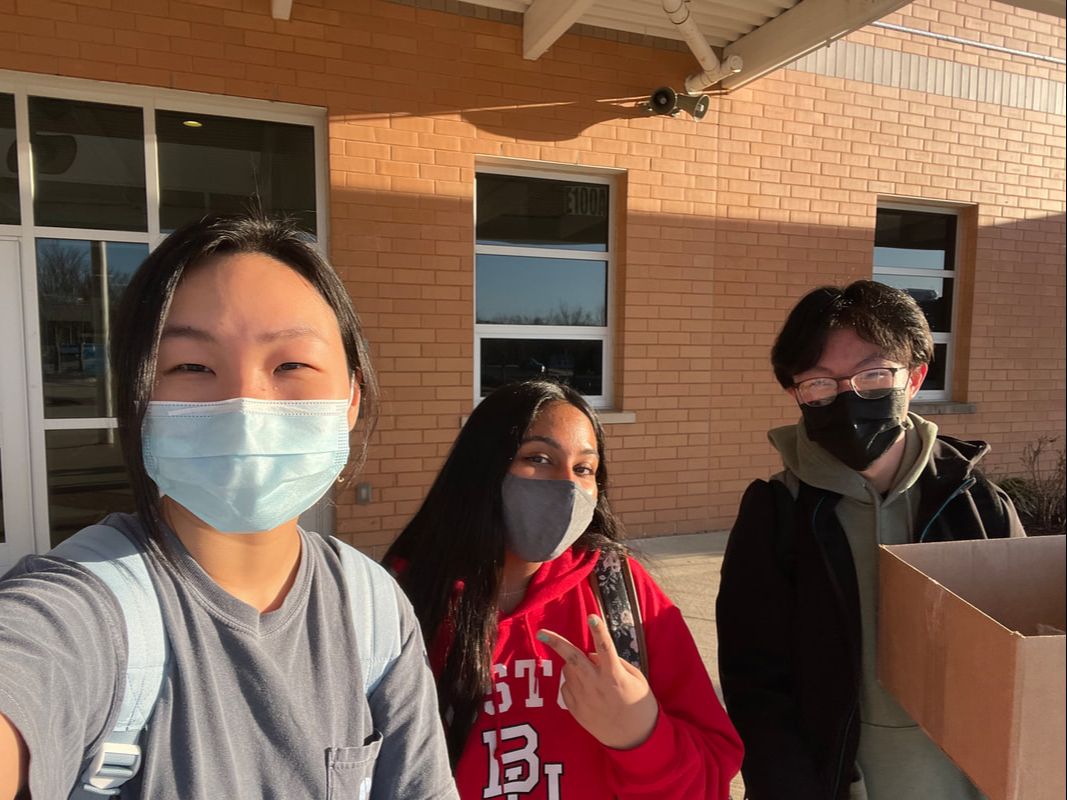
 RSS Feed
RSS Feed